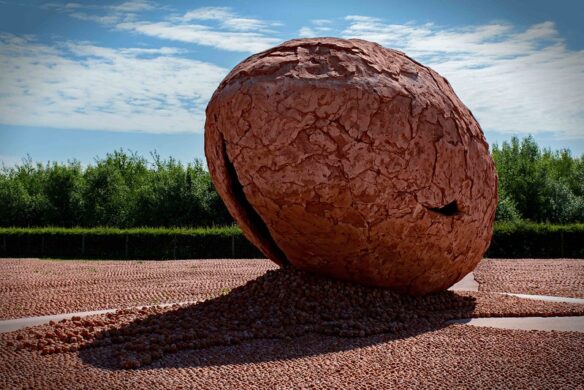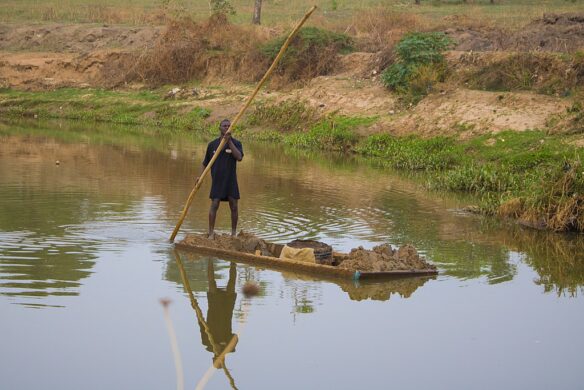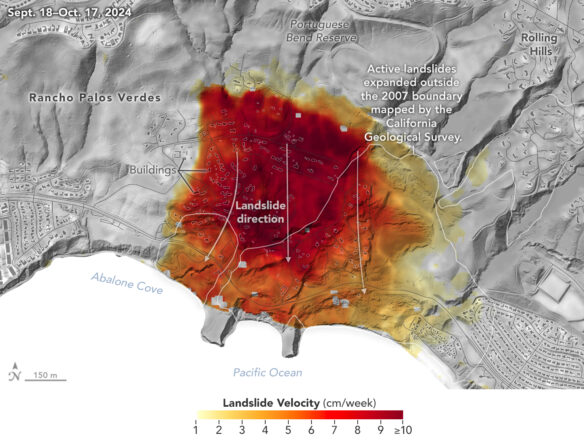Excerpt:
It is the most demanded raw material after water. It is used to make concrete, chips, detergent, paints…and even artificial islands. The big cities are hungry for sand and to satisfy it, the world’s beaches are being plundered.
Few things seem so inexhaustible to us..However, sand is not an infinite resource. And, furthermore, it is running out..Sand consumption already doubles what nature is capable of replenishing. And the problem is aggravated by two factors. One is that demand continues to increase, at a rate of 60 percent so far this century (in China, more than 400 percent)… The other problem is that it takes millennia to regenerate: the time it takes a glacier to crush the side of a mountain, with ice as a patient stonecutter and water as a slow sander. Well, sand is nothing more than that: crumbled rock that the wind carries; and that rivers and marine currents deposit hundreds of kilometers away…
China is the largest producer of cement, with 2,410 million tons annually, far ahead of India (290) and the United States (86)…Sand is not only in concrete; also in steel and ceramics. And in the ballast on which the train tracks rest. But it has other applications: polishes, paints, detergents… There is a reason it is the most demanded raw material after water. It’s in the computer chips; in toothpaste and cosmetics; in paper and plastic. The food industry also needs it to manufacture sugar, bread, wine, beer… The silicon present in quartz sand is used to produce glass. And the fracking industry injects it into the subsoil at very high pressures to fracture shales, metamorphic rocks that contain hydrocarbons. “Each Spaniard consumes, without being aware of it, 11,650 kilos of sand per year,” explains César Luaces, director of the National Association of Aggregate Manufacturers.
The impact has not only been environmental, but also political – explains Pascal Peduzzi, researcher at the United Nations Environment Programme. The sand for the new Singapore neighborhoods was taken from Indonesian islands, which were slowly sinking. “A submerged island does not count as a border, which means Indonesia lost territory…”
Worldwide, sand and gravel moves around €57 billion annually in the construction sector. And then there is the black market. India has an insatiable appetite for concrete. And the sand mafia has become the country’s first criminal industry, capable of bribing police and officials to turn a blind eye…
The plundering of India is repeated in other countries. On the beaches of Morocco, sand thieves use donkeys to carry it. Gunmen threaten villagers in the river deltas of Cambodia and on the coasts of Vietnam. Similar scenes are being experienced in Sierra Leone and the Caribbean. The Cape Verde archipelago, in the Atlantic, opposite Senegal, risks suffering the same fate as Indonesia. And the sand used to build Shanghai’s skyscrapers was extracted from Poyang Lake, which was the country’s largest reservoir of drinking water. Now, the lake is dry for several months of the year…
PacificoProduction (04-12-2010)
Les voleuses de sable
Excerpt:
Cape Verde is a little corner of paradise lost in the middle of the Atlantic. And yet these rocky islands do not have much wealth to offer their inhabitants. Most raw materials are imported, except sand.
Sand has become the only source of income for the women of the archipelago. They resell it to the rapidly expanding construction industry. Every day, there are hundreds of them scraping, turning and sifting the beaches…
The ecological consequences are disastrous. On Santiago, the main island, looting is daily. The beaches disappear and the salt rises inland, decimating the plantations….
A Tale of Two Capes: Resilient Coasts
Antigua and Barbuda: How sand mining is contributing to eroding coastlines
Excerpt:
Explore the diverse ecosystems and some of the sustainability challenges common to Cape Cod and Cape Verde! Learn more about navigating the challenges of coastal erosion.
The beaches of Antigua and Barbuda are among the most beautiful in the world… But they are now in danger…Sand mines are irreparably destroying this already fragile ecosystem.
ARTE Reportage (Available until 03-26-2026)
Cape Verde: Sand Stealers (2019)
Excerpt:
Women on Cap Verde have been digging up sand to sell to the building trade for generations. This illegal trade flourishes due to widespread poverty with a detrimental effect on the archipelago’s best resource, its beautiful black sand beaches.
Sand mining in Vietnam’s Mekong sinks homes, livelihoods
Excerpt:
Shoreline erosion in Vietnam’s Mekong Delta, caused by sand mining and hydropower dams threatens hundreds of thousands of people. The “rice bowl” delta region, where the Mekong empties into the South China Sea, is predicted to run out of sand in just over a decade, but losses to the riverbed are already devastating lives and harming the local economy.









